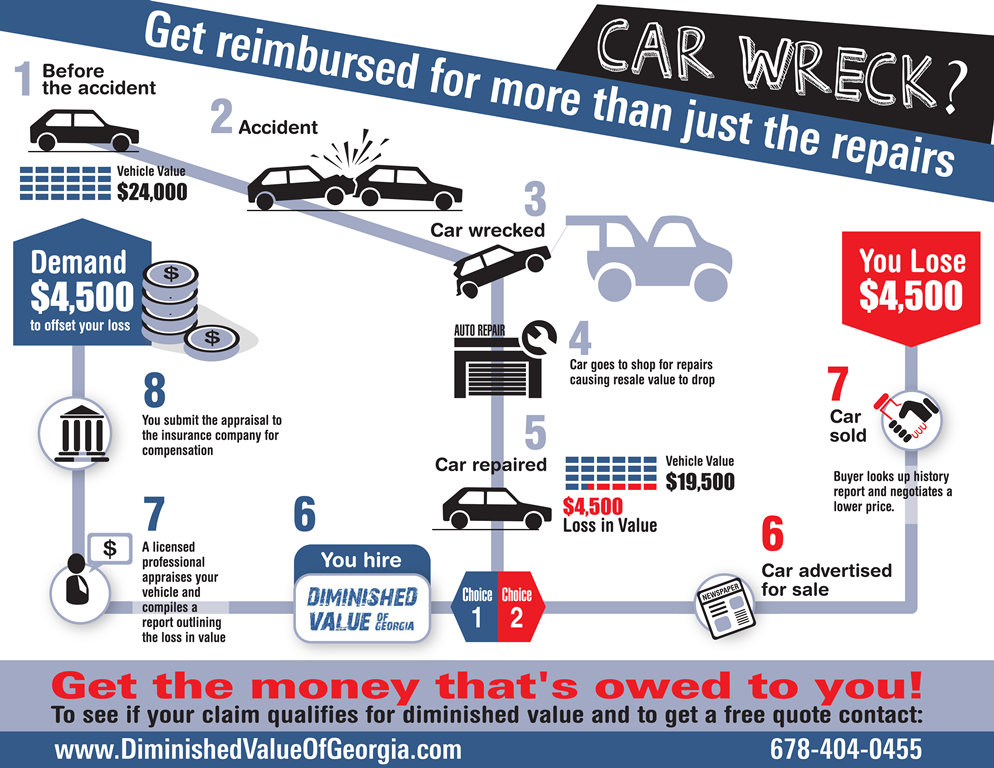Translating Your Vehicle'S Alert Lights: Their True Effects
Translating Your Vehicle'S Alert Lights: Their True Effects
Blog Article
Article Written By-Hartley Shepherd
When you're behind the wheel, those beautiful warning lights on your dashboard can be a bit complicated. Do you recognize what they're trying to inform you regarding your auto's health? Understanding the significance of these lights is crucial for your safety and security and the longevity of your vehicle. So, the following time one of those lights turns up, would not you intend to decipher its message accurately and take the necessary steps to address it?
Common Warning Lighting and Interpretations
Identify typical warning lights in your car and understand their definitions to make sure secure driving.
The most normal caution lights include the check engine light, which signals issues with the engine or discharges system. If this light begins, it's critical to have your automobile checked promptly.
The oil stress cautioning light indicates reduced oil stress, requiring prompt interest to prevent engine damages.
A blinking battery light might suggest a defective billing system, potentially leaving you stranded otherwise dealt with.
The tire stress surveillance system (TPMS) light signals you to reduced tire pressure, impacting car security and gas performance. Overlooking this might lead to dangerous driving problems.
The abdominal light indicates a problem with the anti-lock stopping system, jeopardizing your ability to stop rapidly in emergency situations.
Finally, the coolant temperature alerting light warns of engine getting too hot, which can lead to severe damages if not resolved promptly.
Understanding these common caution lights will certainly aid you attend to concerns without delay and keep risk-free driving problems.
Significance of Prompt Focus
Comprehending the usual warning lights in your cars and truck is just the primary step; the importance of immediately resolving these warnings can't be emphasized sufficient to ensure your safety when driving.
When a warning light brightens on your dashboard, it's your automobile's way of interacting a possible concern that needs focus. Disregarding these cautions can result in a lot more extreme troubles later on, endangering your safety and potentially costing you much more in repairs.
https://www.moneytalksnews.com/slideshows/housing-markets-where-bidding-wars-are-disappearing/ to cautioning lights can avoid break downs and mishaps. For example, a flashing check engine light can suggest a misfire that, if left ignored, can trigger damages to the catalytic converter. Resolving this immediately can save you from an expensive fixing.
Likewise, a brake system warning light might signify reduced brake fluid or used brake pads, crucial elements for your safety and security when driving.
DIY Troubleshooting Tips
If you see a caution light on your dashboard, there are a few DIY repairing suggestions you can attempt prior to seeking specialist help.
The initial step is to consult your auto's manual to understand what the specific caution light suggests. In some cases the concern can be as straightforward as a loose gas cap activating the check engine light. Tightening the gas cap might solve the trouble.
https://brake-rotors40617.thenerdsblog.com/35578407/the-progression-of-automobile-detailing-strategies-throughout-the-last-ten-years is a low battery, which can activate various cautioning lights. Examining the battery connections for rust and guaranteeing they're secure might deal with the issue.
If a caution light continues, you can attempt resetting it by separating the automobile's battery for a couple of minutes and then reconnecting it. Additionally, checking your car's liquid levels, such as oil, coolant, and brake fluid, can assist repair alerting lights associated with these systems.
Verdict
Finally, understanding your vehicle's warning lights is vital for keeping your lorry running smoothly and safely. By quickly dealing with these alerts and knowing what they suggest, you can prevent costly repair services and possible malfunctions.
Bear in mind to consult your car's manual for certain information on each cautioning light and do something about it as necessary to make sure a trouble-free driving experience.
Remain notified, stay risk-free when driving!
